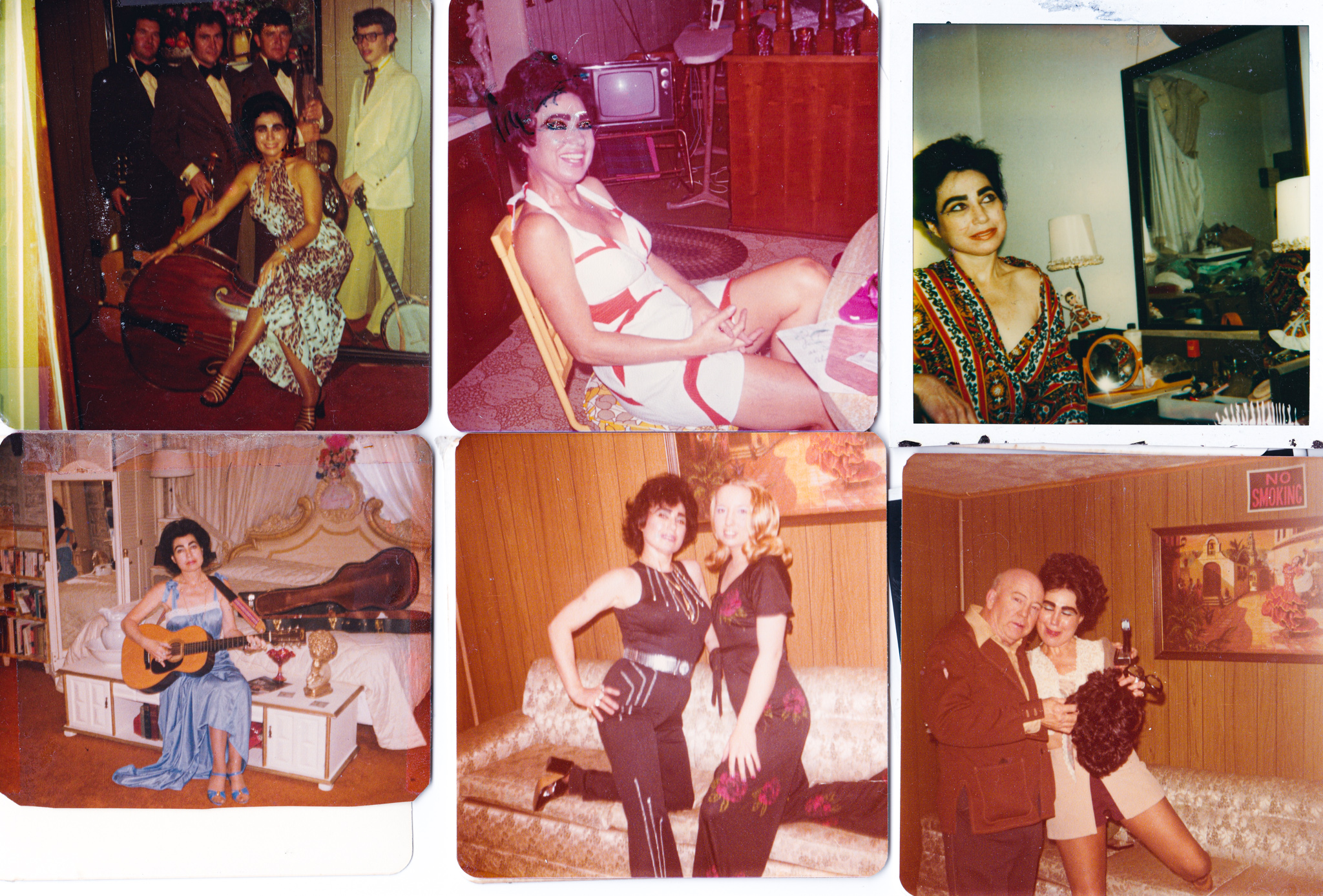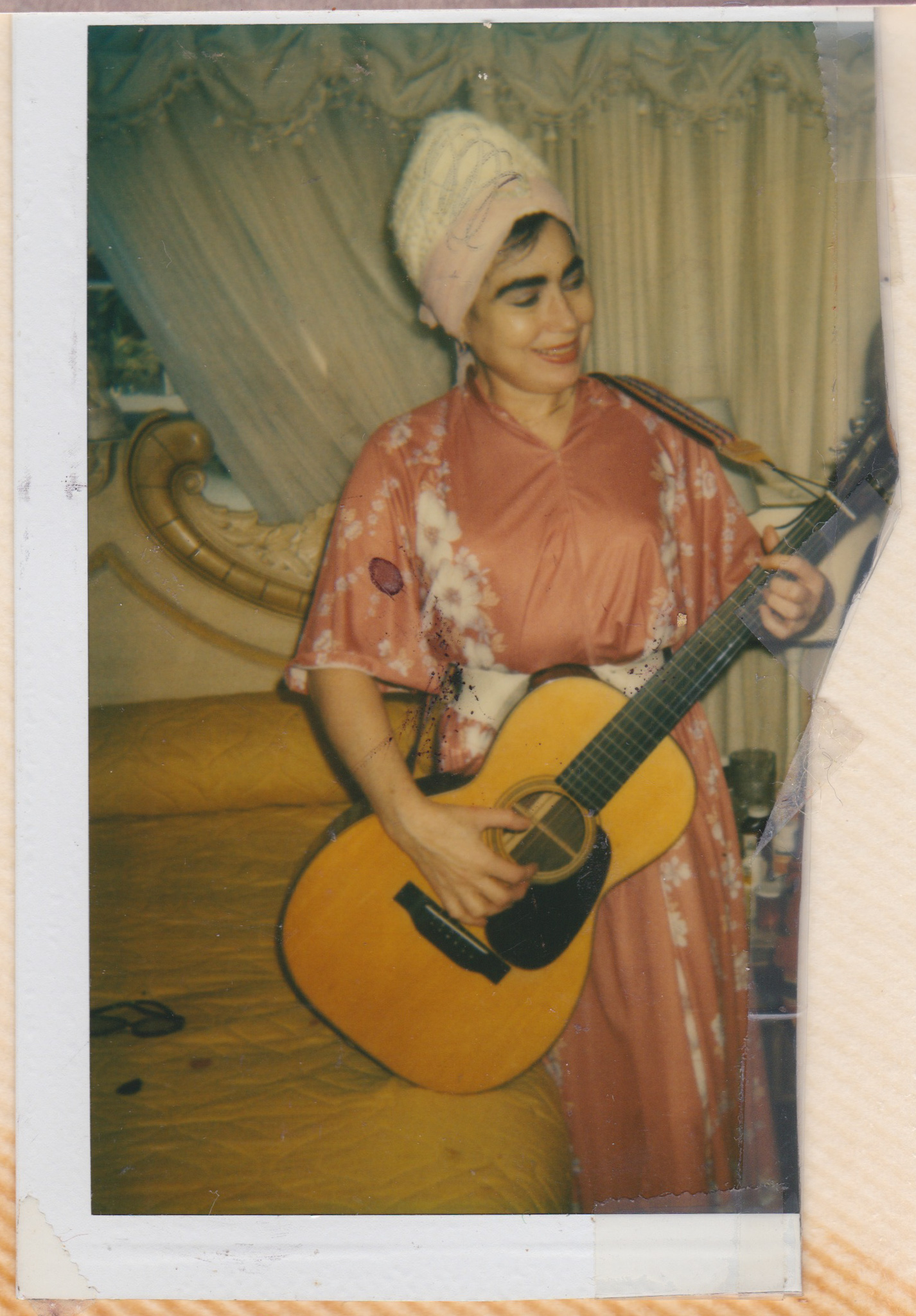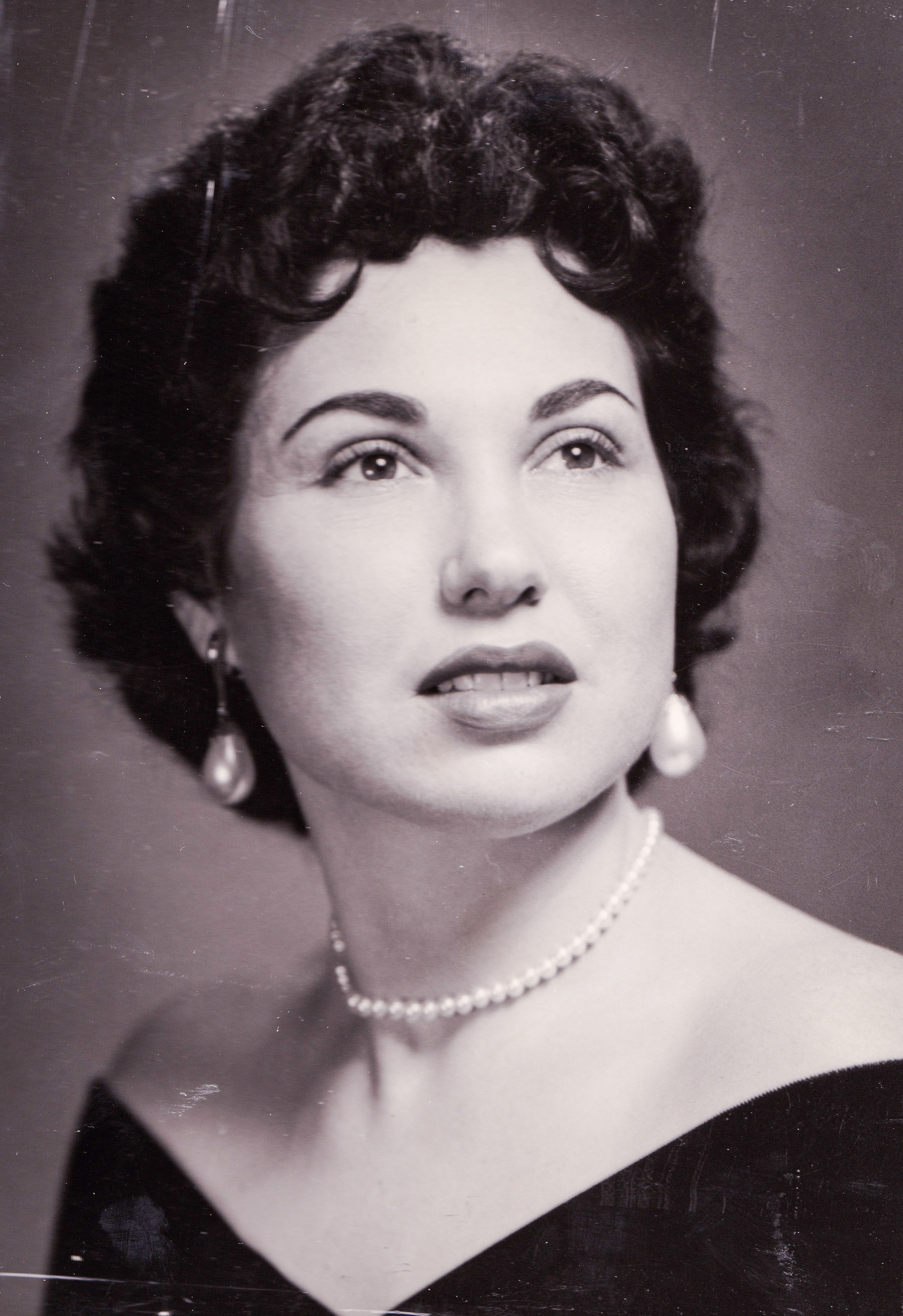“Set off somewhere in a corner of this fine house, in the adult rabble of one of its frequent sunroom shindigs, young Wade, imbibing every bit, took in a perverse path crossing of bluegrass and country musicians, cocktail sippers, and serious carousers (all of his parent’s whimsical acquaintances, invitees here flocked to spoil themselves at the weird mixers), and set forth on this that we collect today. The absolved space, the mash of late '60s cool and country, the unencumbered joy, became his master text and mother sauce. And goodness, Crickett, a glamorous play director with deep hillbilly roots, loved it too, maybe most of all. Before long she had picked her another poison — in the merriment, she decided she would learn to play an instrument: the upright bass, her choice, a machine she could wrap herself around. Crickett had long been an addict for the stage, with experiences off-broadway, the story went. She craved eyeballs, among other feelers. So much she wanted this border world, with its pickers and singers and show people; here she planted new seeds.
To Wade, still youth-slim and world-innocent, just thirteen, she turned: “What would you like to play?” Here he confronted his life’s most crucial decision. Recalling a treasured toy, and a few flickering TV memories of little black Sambo, he picked the banjo, America’s most contested resonating structure. The Doc and Crickett approved. For Wade, after a few tortured years floundering on classical piano — his dad’s instrument — this new construction offered a different adventure, one that felt so suddenly born of the party.”




